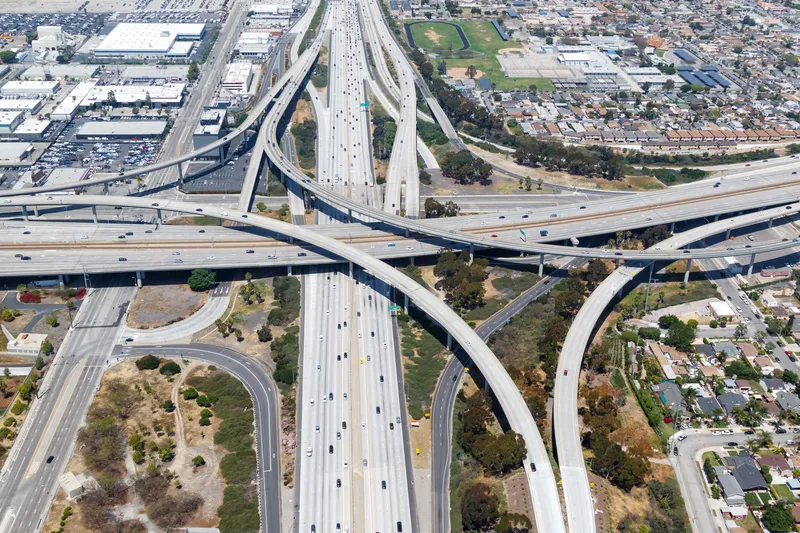A consortium led by services provider Amey and partners RACE, Oxbotica, Siemens and Westbourne Communications has published the findings of its research into public perceptions of driverless cars.
The PAVE (People in Autonomous Vehicles in Urban Environments) project engaged with over 800 people face-to-face through exhibitions, street surveys and workshops with industry experts and 500 feedback forms were collected.
The report, which was overseen by Westbourne Communications, indicates that most peop
February 27, 2017
Read time: 2 mins
A consortium led by services provider 6110 Amey and partners RACE, 8307 Oxbotica, 189 Siemens and Westbourne Communications has published the findings of its research into public perceptions of driverless cars.
The PAVE (People in Autonomous Vehicles in Urban Environments) project engaged with over 800 people face-to-face through exhibitions, street surveys and workshops with industry experts and 500 feedback forms were collected.
The report, which was overseen by Westbourne Communications, indicates that most people feel that driverless cars will be the norm at some stage between 2030 and 2050, although the majority of respondents felt there was also not enough information currently available. The majority (63 per cent of respondents) felt positive towards the concept of driverless cars being on our roads, with men being significantly more positive than women. People over 40 were also generally more positive than those under 40.
Other key findings were that most people thought that roads would be safer with driverless car technologies. There was, however, scepticism from many participants that a computer system could ever be fully prepared for the complexity of urban environments and that it was unlikely that cars would ever be 100 per cent driverless. Most people acknowledged the potential economic and environmental benefits of driverless cars, but the most popular benefit of the technology was that it could allow greater freedom for older or disabled people.
The project is now focused on preparing Culham Science Centre as a major test site for driverless cars, following several months of initial trials of the technology there.
The PAVE (People in Autonomous Vehicles in Urban Environments) project engaged with over 800 people face-to-face through exhibitions, street surveys and workshops with industry experts and 500 feedback forms were collected.
The report, which was overseen by Westbourne Communications, indicates that most people feel that driverless cars will be the norm at some stage between 2030 and 2050, although the majority of respondents felt there was also not enough information currently available. The majority (63 per cent of respondents) felt positive towards the concept of driverless cars being on our roads, with men being significantly more positive than women. People over 40 were also generally more positive than those under 40.
Other key findings were that most people thought that roads would be safer with driverless car technologies. There was, however, scepticism from many participants that a computer system could ever be fully prepared for the complexity of urban environments and that it was unlikely that cars would ever be 100 per cent driverless. Most people acknowledged the potential economic and environmental benefits of driverless cars, but the most popular benefit of the technology was that it could allow greater freedom for older or disabled people.
The project is now focused on preparing Culham Science Centre as a major test site for driverless cars, following several months of initial trials of the technology there.









